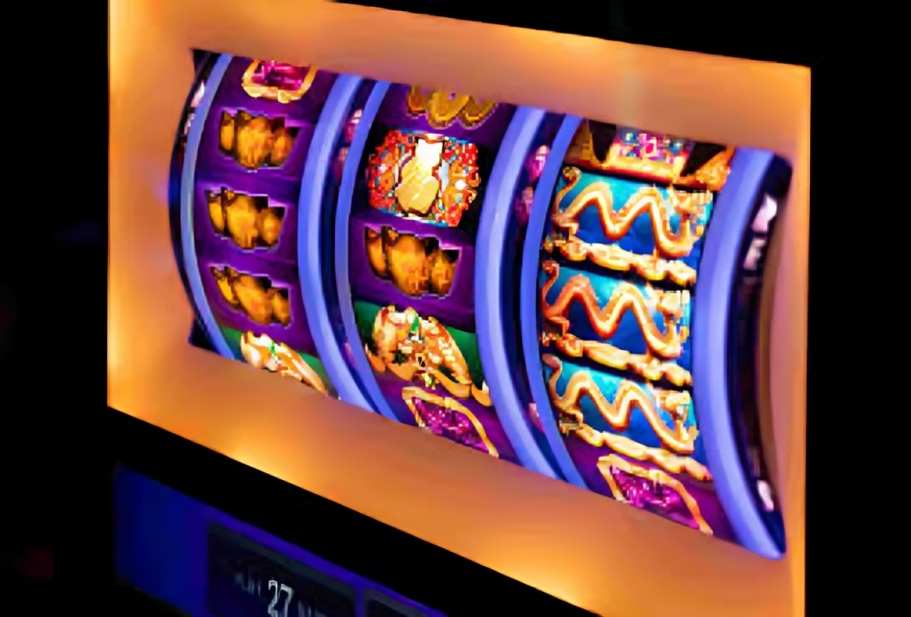
Slot machines are among the most exciting and easiest casino games to play. Their simplicity makes them accessible, and the thrill of watching symbols line up for a big win keeps players coming back. Whether at a real or online casino, the allure of a life-changing payout is ever-present.
This excitement has led to the myth that some slots are more likely to pay out than others, often referred to as “loose” slots. Players have developed various beliefs about conditions that might cause these machines to payout more frequently—some plausible, others highly exaggerated.
Myths About Loose Slots
Here are some of the most common myths surrounding loose slots:
- A machine that hasn’t paid out in a while is “due” for a big win.
- “Loose” machines are often strategically placed in high-traffic areas to attract attention.
- Simpler slot games, with fewer features, are more likely to pay out due to their straightforward nature.
- Non-progressive slots are more likely to pay out than progressive ones because fewer people are playing.
- Some believe casinos might switch a machine from “tight” to “loose” after a certain number of plays, or that a machine adjusts its payout rate automatically after several players win.
- Tight slots are often placed next to looser machines to lure players into trying their luck elsewhere.
- Some players believe that slots’ payout frequency changes based on the time of day or week, with machines being looser when the casino is less busy.
- In reality, slot machines use Random Number Generators (RNGs), ensuring that each spin is independent of the last and that payout rates are set by the casino and governed by strict regulations. There is no method to predict or influence a machine’s payout.
What is a Loose Slot Machine?

A “loose” slot is a machine that pays out more frequently or with higher amounts than other slots. This is in contrast to a “tight” slot, which offers smaller payouts. While these payouts may not always cover the amount spent on the machine, winning back some of your money is certainly better than walking away empty-handed.
How to Spot a Loose Slot
To identify a loose slot, it’s essential to do some research before you visit a casino or play online. Two key factors that influence payouts are Return to Player (RTP) and volatility.
RTP refers to how much a slot will pay back, shown as a percentage. For example, a slot with an RTP of 92% will pay back 92 cents for every dollar spent over time, while a slot with an RTP of 97% will pay back 97 cents. The average RTP for slots is about 96%.
Volatility affects the frequency and size of payouts. There are three types:
- High Volatility: Rare payouts, but when they occur, they are substantial.
- Medium Volatility: A balance of both large and small payouts.
- Low Volatility: Frequent payouts, but the prizes are usually smaller.

If you’re aiming for a slot with a higher chance of winning, look for one with a high RTP (preferably 98% or higher) and low volatility. While such slots are rare, this combination increases the likelihood of winning with each spin compared to slots with lower RTP and higher volatility.
